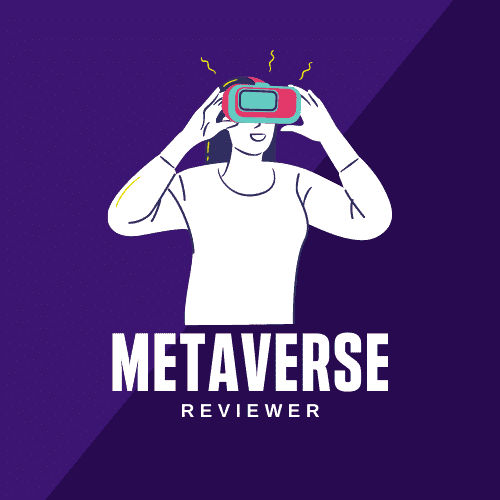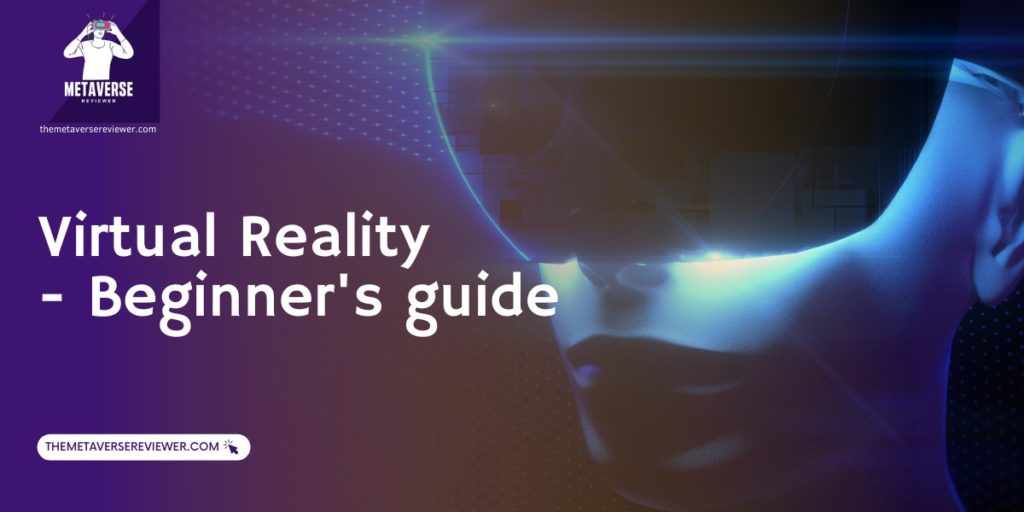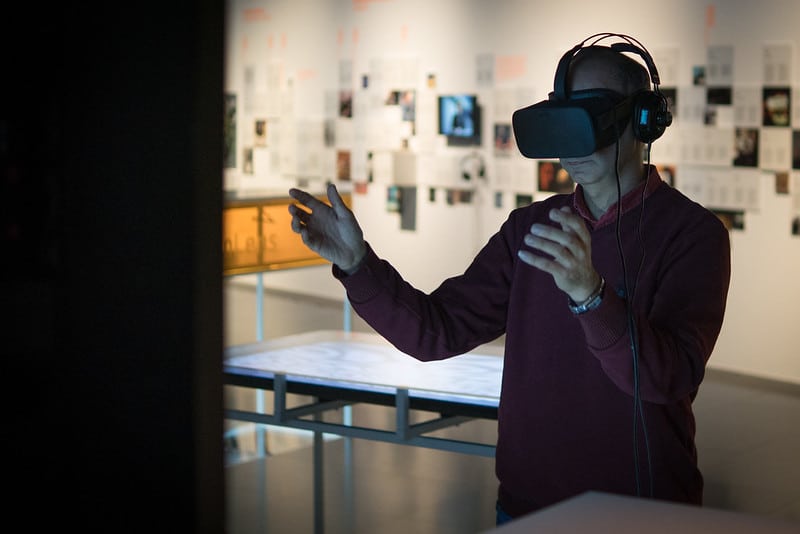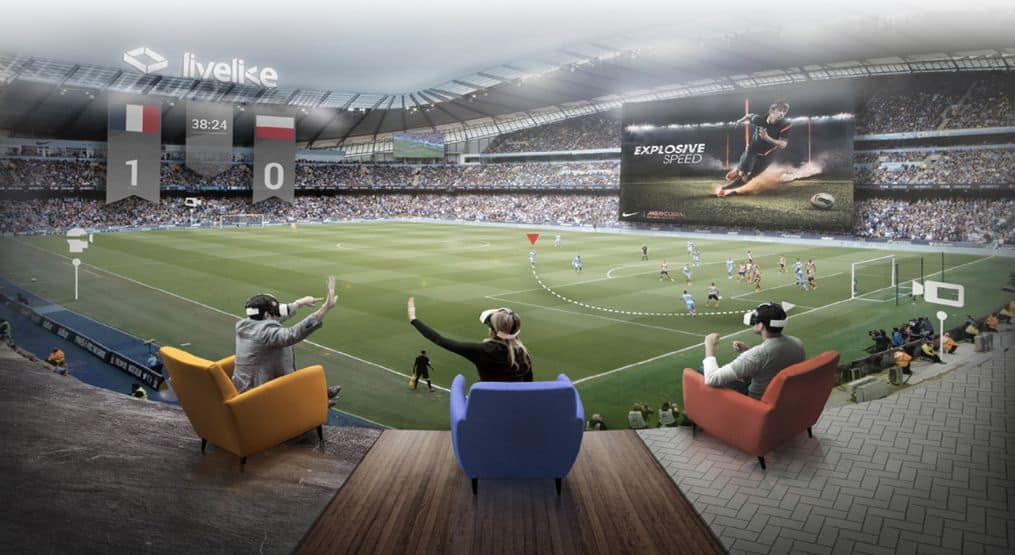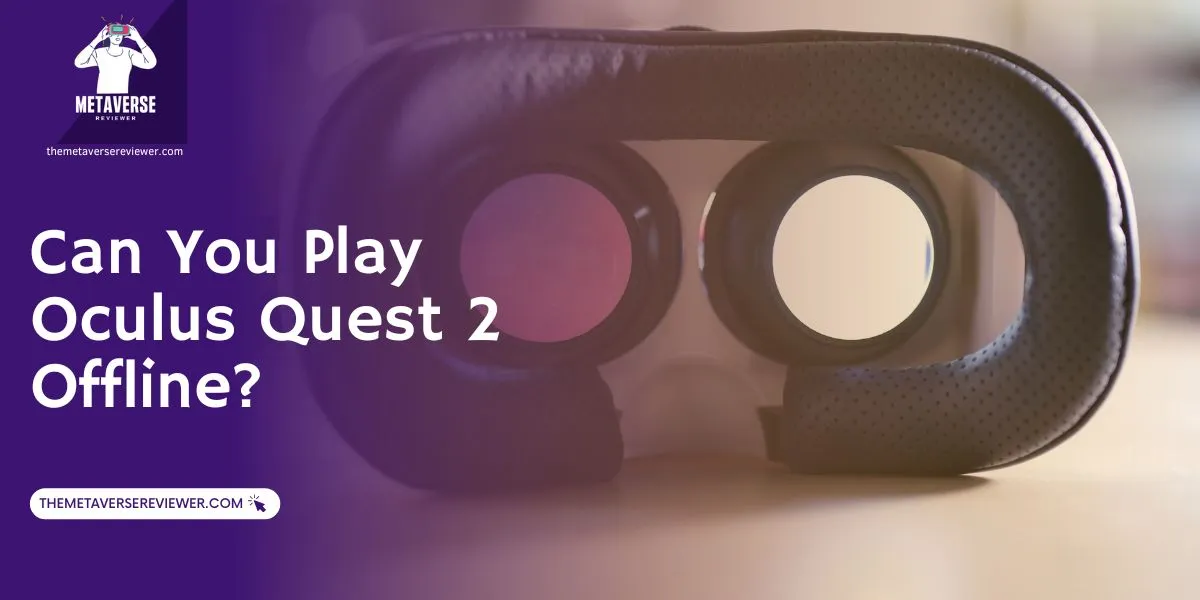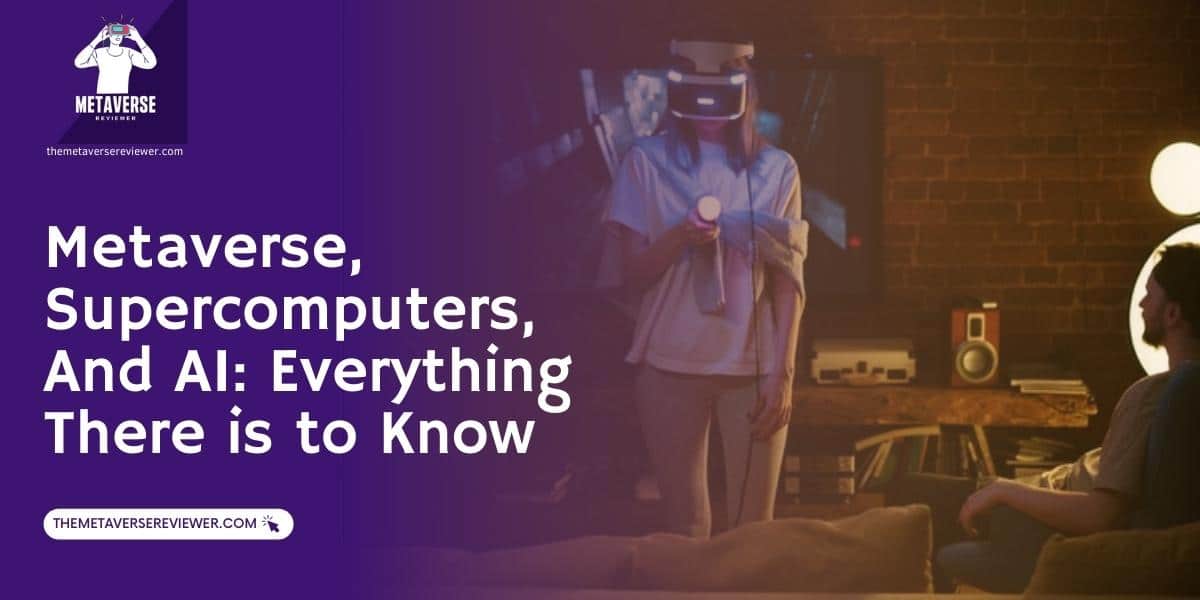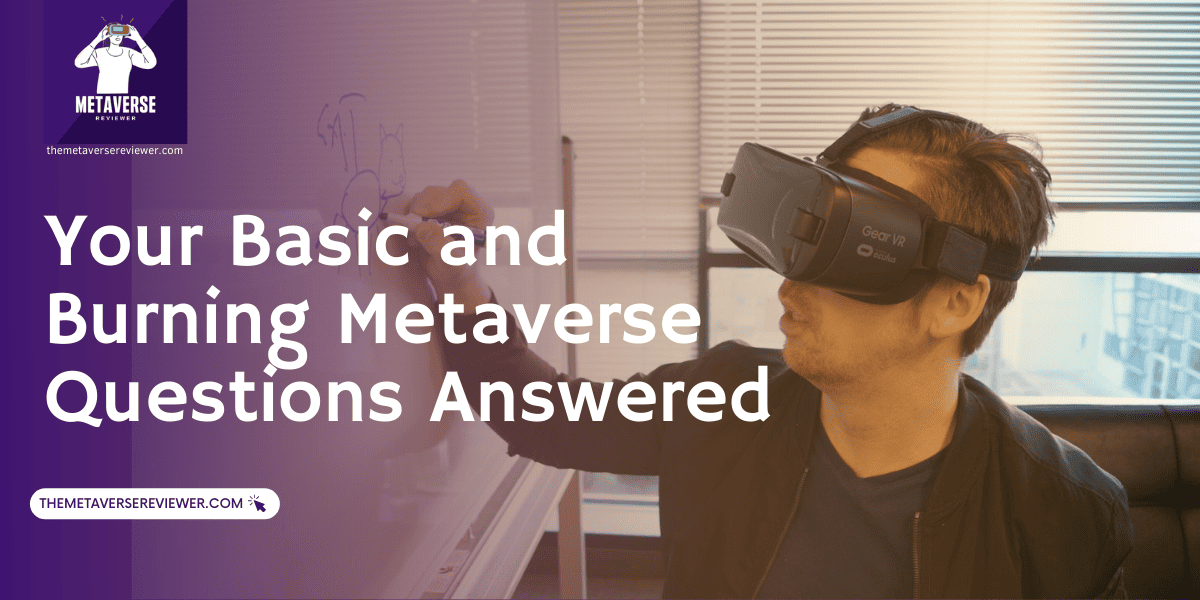If you could go back in time and experience your first sighting of Times Square or that rock concert you went to last summer, would you? We can bet you would!
And the best part – you can do this with virtual reality. Traveling to faraway locations, escaping to new realms, and even reliving your greatest memories are all possible thanks to technological advancements.
VR has been there for a long time, but it has only just found its way into the hands of customers. By using VR headsets like Google Cardboard and Oculus Rift, gamers can immerse themselves in their favorite games and master new skills in a hands-on manner.
If you are entirely unfamiliar with virtual reality and would want to learn more about it – we’re about to demystify all aspects and help you understand it.
Let’s start with some basics.
The Meaning And Purpose of Virtual Reality
VR is an abbreviation for “Virtual Reality.” It refers to a system or platform capable of generating or simulating an environmental setting.
Viewing three-dimensional visuals using a VR headset provides a captivating experience. People may go to another world by immersing themselves in a virtual reality environment that seems to be interacting with them.
There are several reasons why we relish virtual reality, including the need to feel as if we were really there in the games we play or videos we watch. Playing in front of a 2D display didn’t cut it – as most gamers now desire to experience 3D gameplay.
Virtual reality movies have had a significant impact on the public’s perception of technology. Neo from the film “The Matrix” has had its impact – providing a glance of the technology as early as 1999.
Virtual reality is presently employed in a broad range of applications, despite the fact that most people link it with gaming and tourism. There’s no boundary to what this technology can achieve – from health all the way to marketing!
VR’s Illustrious Past
Virtual reality has been around for quite some time, despite being interpreted as newer technology. For decades, the idea of escaping reality and immersing oneself in fantasy has captivated the audience. Knowledge of today’s virtual reality requires an understanding of the 1930s.
- The first commercial flight simulator was developed by Edward Link in 1931, and it has been used ever since. For the duration of World War II, the simulator was an effective tool for training pilots, replicating turbulence and other common hazards.
- At the New York World’s Fair, Sawyer’s View-Master was first introduced. Adding stereoscopic reels to the plastic binoculars allows users to see single 3D images. In 2015, Mattel reported sales of more than 100 million units.
- Filmmaker Morton Heilig followed up the View-Master with the Sensorama. In an arcade-style theatre cabinet, the device projected participants in an immersive experience. Viewers might use a single wearable gadget to explore 3D worlds and listen to stereo sound.
- The 1980s were the beginning of the word “virtual reality” – used to describe the first VR headsets. In 1987, Jaron Lanier coined the term while working on VR accessories at VPL. While VPL invented virtual reality, it was the first to sell goggles and gloves for use in the virtual world.
- In the next decade, arcade games and gaming consoles introduced virtual reality to the general public. In the 1990s, VR was so popular that it was used as the basis for the film “The Matrix.”
In the 21st century, virtual reality has progressed significantly. A more immersive and engaging experience is now easier than ever before thanks to cell phones and cutting-edge tech.
Real-World Applications of Virtual Reality
We learned along the road that VR has a wide range of practical uses in real life as well. The capacity to take virtual tours or travel is one such example, which is particularly useful in this time of the global pandemic.
Fun and amusing applications of virtual reality aren’t hard to come up with, thanks to shows like Star Trek and modern examples like Ready Player One. In addition to medical, police, robotics, drone, and architecture – there are several additional circumstances in the real world where virtual reality comes in handy.
Virtual Reality in Education
Virtual reality has been used for years to assist pilots in learning to fly using flight simulators which brings us to think – how much could education benefit from it?
Education is one of the many fields that might greatly benefit from the use of virtual reality. Experiential learning, in which students learn by doing, is a hot topic these days.
VR is an excellent technique for accomplishing this goal while avoiding danger, such as doing a chemistry experiment. Doctors, architects, educators, and other professions are now using virtual reality to perform complex operations and master difficult topics.
VR Medicine
Virtual reality medical applications are still in their infancy. Among them are VR surgical simulators, sophisticated medical database visualization, and rehabilitation – all of which use virtual reality technology. Using a DataGloveTM and a helmet-mounted display, a person may ‘fly’ inside as well as around organs to study anatomy or practice surgery with a razor and clamps.
The computer interface is the medium through which these applications are mediated, making them the embodiment of VR as an important element of the medical paradigm change.
Jobs, Careers, and Money-Making Opportunities
There’s no doubt about it; virtual reality has the potential to be a huge moneymaker. Despite its reputation as a niche business, virtual reality has the potential to help you expand your career and generate work opportunities for individuals with the necessary aptitude.
А plethora of additional methods аre available to generate money in VR if you’re bold and inventive. One way to do this is to create original material, such as video games or mobile applications.
Virtual Reality in Gaming, Entertainment, and Sports
VR gaming resembles to be the most popular these days. It’s also possible to watch sporting events, thanks to live-streaming options. It may also be utilized to enjoy extreme sports from the luxury of your private residence.
The internet is filled with VR arcades and amusement parks, and the list is always kept up-to-date for your sake. One advantage of this industry is that it provides significant exposure for introducing virtual reality to the public.
Popular Virtual Reality Headsets and Devices
Some of our articles also include virtual reality headsets such as the Oculus Quest 2 and the Microsoft HoloLens, as well as low-cost solutions such as Google Cardboard, among other headsets. A stereoscopic display is a kind of head-mounted display (HMD).
To create the illusion of depth, the pictures on each screen are shown at an angle that differs slightly from the other screens. Foam or other materials are often used around the borders of virtual reality headsets to filter out light and other external distractions.
Companies Тhat Work With Virtual Reality
There are still very few VR firms and studios since it takes a lot of money to develop one. Virtual reality had become a multi-billion dollar investment for the world’s top corporations, even before any devices were even available for purchase.
Because of this, we’ve compiled a list of the most significant VR firms and organizations:
- Advanced Real-time Tracking
- ESI
- CyberGlove Systems
- IEEE VR
- Haption
VR-Related Issues and Concerns
Although virtual reality has much to offer, there are still a lot of unanswered questions. Challenges with mobile virtual reality and motion sickness in VR are two of the most popular.
Assume you’ve just invested in a virtual reality headset because you’ve heard how much fun others are having. As a result of inaccurate motion tracking by a few of the smartphone’s gyro sensors – you may suffer nausea or dizziness when you try it out for the first time yourself.
The user might see the pixels in the shape of little and tiny squares if the screen resolution is too low. In order to light up more pixels, the battery life of a mobile phone device might be rapidly depleted. When the CPUs and GPUs are working to their full potential, the mobile phone device will rapidly become hot to the touch or even overheated.
Studies, Courses, and Available Tutorials
There are a number of methods you may learn about virtual reality if you’re serious about making it in the field. Getting a certification or degree on the subject is one way to learn more about it. Courses and training in virtual reality are already available at a broad spectrum of educational institutions.
Many courses and guides may be useful to you as you embark on your virtual reality adventure. Those who are just starting out may find the VR courses very helpful.
Final Verdict
Although virtual reality is still in its cradle, many firms are already harvesting the advantages. Virtual reality is becoming more and more popular, and businesses should stay up with developments in technology.
Last but not least, we offer you some of our own original cartoons on virtual reality. Hopefully, some of them will bring a smile to your face. Our “VR Directory” may also serve as a fast reference for those who are new to virtual reality. It is our aim that this comprehensive guide to virtual reality will assist you in enjoying and accepting virtual reality!
- Gemini vs. GPT4 – Which One to Use? - December 17, 2023
- Can You Play Oculus Quest 2 Offline Without Wifi - November 10, 2023
- VR Sickness – What You Need to Know - September 17, 2023
